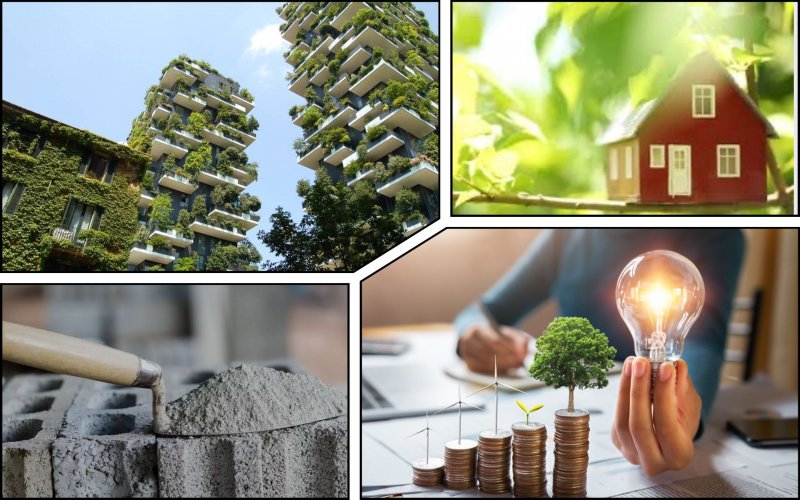A report by the International Finance Corporation (IFC) showed that the use of green technologies in the production of cement will help reduce emissions by 20%, which will contribute to the decarbonization of the construction sector.
The report covers the two biggest sources of emissions in the sector, namely the energy consumption of buildings and the production of building materials, reports Environment+Energy Leader.
The report "Building Green: Sustainable Construction in Emerging Markets" indicates that construction value chains account for about 40% of global energy and industrial emissions. Without significant decarbonization measures, they could increase by 12.8% by 2035, compared to 2022.
The IFC emphasized the general need to move away from coal. After all, combining the use of biomass, waste and fuel based on industrial residues with wind and solar energy can reduce emissions during cement production by 20%.
It is noted that, in addition to cement, steel is an important building material. The use of pure oxygen in blast furnaces to reduce coal consumption can reduce emissions from its production by 15%-20%. The use of green steel will also have significant advantages.
"Green hydrogen technology and carbon capture were noted as long-term solutions for decarbonizing building materials," the article says.
The report emphasized that energy efficiency measures, electrification and the transition to renewable energy will help reduce emissions from the construction sector without significant financial costs. After all, about half of the emissions in the construction industry come from the heating, cooling and power supply of buildings
IFC also offered strategies for implementing energy-efficient design, including:
- external shading;
- orientation of buildings to the sun;
- reflective paint;
- smart heating and cooling systems;
- use of heat pumps.
It is noted that there is a significant investment gap between the financial markets of developed and developing countries. By 2035, they need $1.5 trillion in investment to green the construction sector. The size of total global investments should reach $3.5 trillion, i.e. 0.03 percentage points of world GDP.
Earlier, EcoPolitic worote, that in March the European Parliament adopted a new version of the Directive on the energy performance of buildings, which is designed to make the sector climate neutral by 2050.
As EcoPolitic previously reported, scientists from Stanford University have developed a new colored paint that can save 7.4% of the energy needed for heating, ventilating or cooling a residential building.





